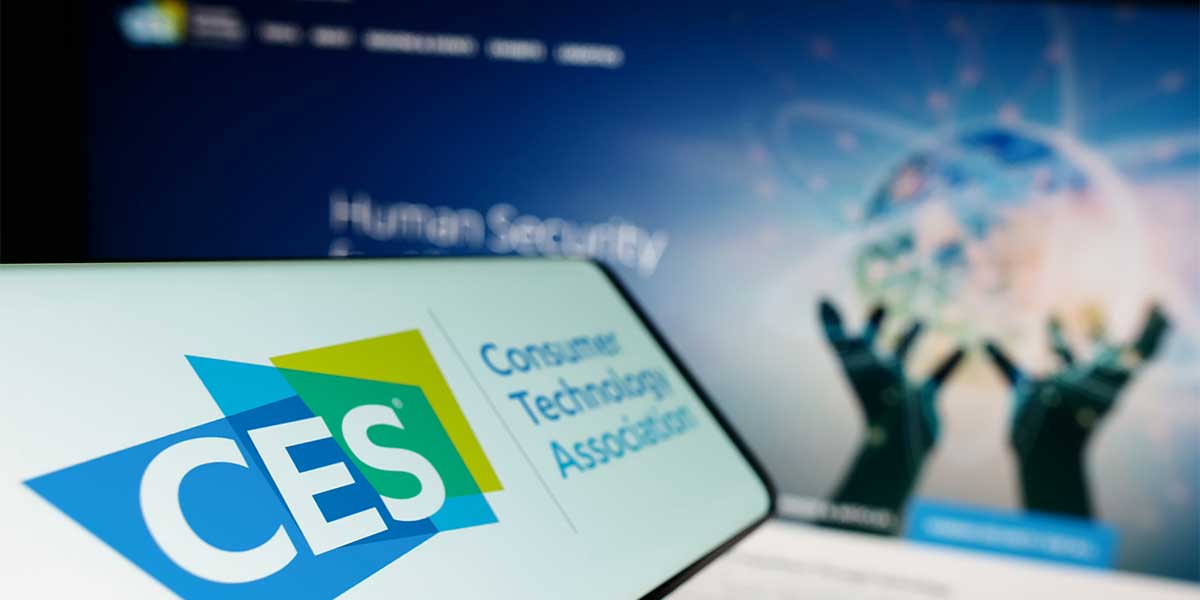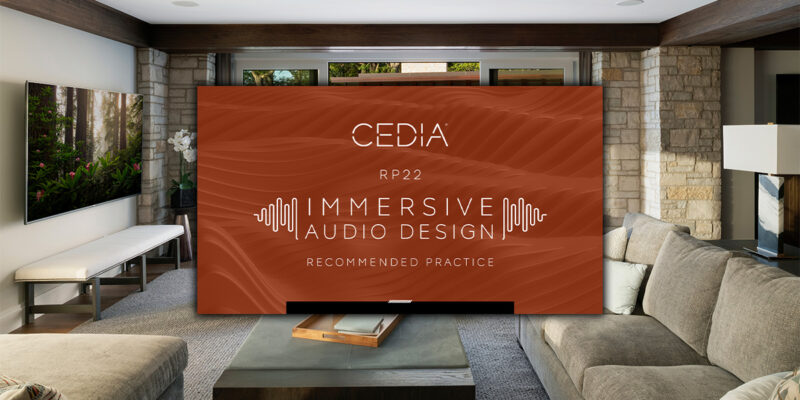Is CES an ‘AV Show?’

As a techy person, I have always been intrigued by the Consumer Electronics Show. It has always been a mix of amazing new technology and useless new technology. I am surprised, though, that the show does not get much coverage in our industry, particularly in the education sector. I think there are a couple of reasons for this. The first reason is that the largest AV trade show of the season, ISE, is just around the corner. Many of us are focused on getting ready for that show, and traveling in just a couple of weeks. A second reason is that attending CES is wildly expensive. Hotel rooms on the strip during the week of the show are easily in the four figures per night. If you plan on attending CES and staying anywhere near the actual show, you need to expect to spend $7,000-10,000 on traveling and staying in Vegas. Compare this to a smart traveler who goes to InfoComm in Vegas and likely can do a week of the show for about $3,000. (Higher ed tech managers also regularly share all kinds of tips with each other on how to make the show even cheaper.)
The size of CES is another problem. The show literally takes place all along the strip in various hotels. If we struggle trying to figure out how to see an entire InfoComm when it is in an exhibition hall, how does one plan for a show spanning the city? Finally, I think that many of us in the industry are problem-solvers. We know a new stadium is being built, or a new academic building is in the works. We go to the shows so we can have some thoughts ready about how to solve those issues. However, traditional AV shows are functional, problem-solving shows, rather than shows that inspire us to be imaginative and think about the future. Don’t get me wrong — they are still valuable, we can still learn a lot, but they aid in helping us think about the future in a concrete, rather than abstract, way. While our traditional AV shows may make us say, “Wow, that is cool”, they don’t often make us say “Wow, I never thought of that.”
CES, on the other hand, is almost the complete opposite. Much of what is shown at CES does not really exist, and may never actually exist in the form it is shown. Arguably, a large portion of what is shown is completely unnecessary and will have no market. The show does provide us with a wealth of possibilities for our imaginations to run wild. Take for example the Adobe Edge Camera. This is your standard residential home security camera on steroids. It has a wireless range of ONE MILE! That is a wild range, previously unheard of, and we need to be thinking about the technology behind this range. How else will it be used? What other technology can it work with? How would this technology be useful on a college campus? A camera like this, particularly from a smaller, security-focused company, may never show up at one of our traditional shows. This provides the abstract creative-thinking possibilities.
CES also provides us with a lot of new technology that can provide accessibility to end users of the future. I can not do justice to all of the new devices and tools that are introduced at CES. A couple of them, however, are not only great now, but offer interesting thoughts for the future. Transcribe Glass is a device that you clip onto your eyeglasses, connect to your phone — it then transcribes the audio that the phone picks up. Or how about the MouthPad? This is a device that goes in the upper palate of your mouth and allows the user to use their tongue to navigate devices. Think of it as a mouse pad for your devices, except you control it with your tongue. This is a powerful tool for people who may have limited use of their arms or hands. Another technology that was not introduced as an accessibility device, but could be turned into one, is a pet door that opens and closes automatically based on the location of a sensor on a pet’s collar. This could be translated into communicating with the NFC on a smart phone and have doors open and close automatically for people who may have issues navigating it on their own. The advantage over the current automatic doors is two-fold. First, the person does not have to press a button, and second, there is no timer on the door. The door closes when it senses that the phone has moved a certain distance inside the door.
Of course, CES also has many traditional AV products. These may show up at our shows, but are at CES in more “consumer” light than we may at our shows. Those of us in higher ed are very well aware that for our students who live on campus, they expect a “consumer” friendly technology experience. For example, the LG CineBeam Qube, the Belkin Auto-Tracking Stand Pro with DockKit, or the LG Transparent OLED. Each of these products will land in the rooms of our students and the homes of our administrators, and we will either be asked to integrate them into the spaces we build, or asked why we are recommending products that cost much more money to do the same thing. The Belkin stand uses a person’s phone as the camera and meeting application and then does auto-tracking. It costs $180, so expect questions on why we are recommending thousands of dollars of equipment to do the same thing.
While cost will always be a major barrier to attending CES, I think that the higher ed side of our industry should start paying more attention to the show. Certainly, we can not send people in the same way we do to ISE or InfoComm, but I think a strategic plan of who goes, and how often would be appropriate for many organizations. It will help leaders develop creative thoughts for the future and be proactive about technology that is on the horizon, rather than reactive to demands made by our customers.



